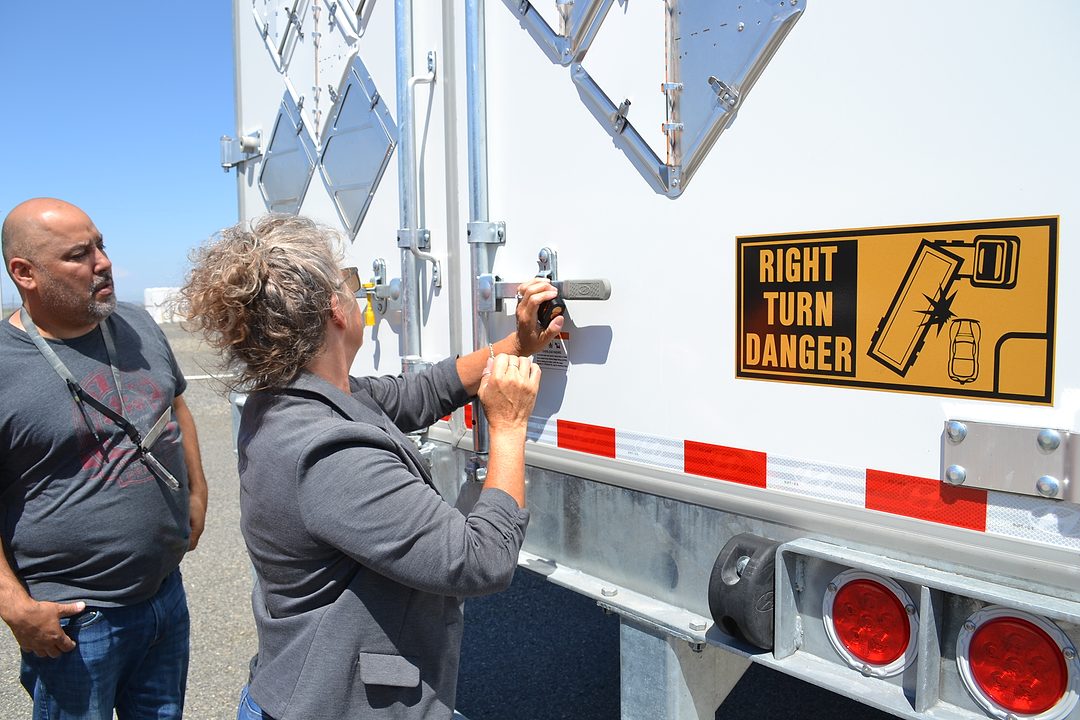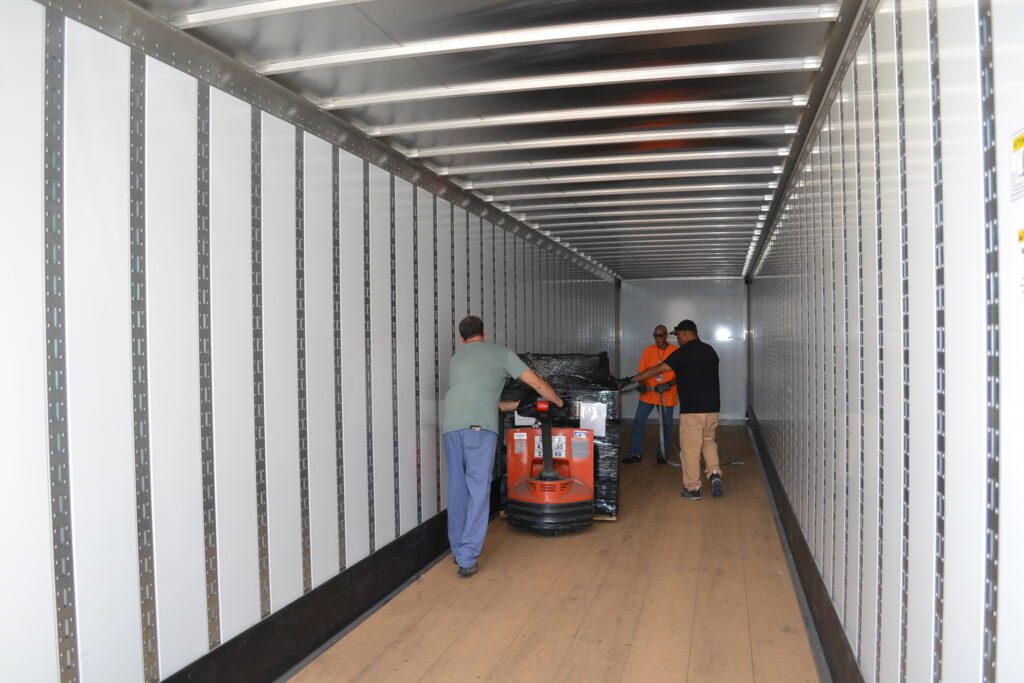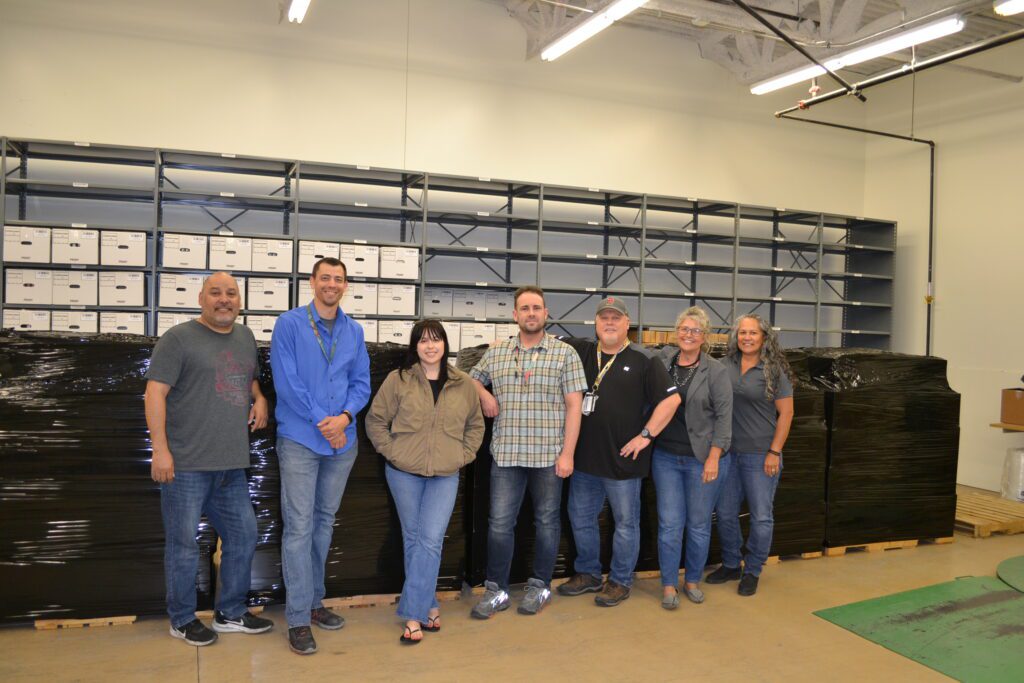
Home » Top-secret Hanford documents travel cross-country under tight security
Top-secret Hanford documents travel cross-country under tight security

September 15, 2023
---
By Robin Wojtanik
for Hanford Mission Integration Solutions
Drivers with top-secret clearance recently hauled classified documents cross-country from Hanford to Washington, D.C.
A tamper-indicating bolt and high-security lock secured their load: carefully packaged records documenting Hanford’s role in the Manhattan Project.
The destination? The U.S. National Archives near Washington, D.C.
The documents from the 1940s and 1950s outlined work done at the time the federal government established the Hanford site as a secret city, focused on producing plutonium for the bomb that helped end World War II.
Permanent storage
“Records related to the world’s first production scale nuclear reactor are of great historical value and significant enough to preserve indefinitely for their public value and educational benefits,” said Brian Harkins, assistant manager for Mission Support for the Richland Operations Office. “Permanent storage at the U.S. National Archives will allow equitable access, where possible, to these notable Cold War artifacts.”
Records from that time may still contain information deemed harmful to national security if improperly released and require stringent protocols to keep secure.
U.S. Department of Energy records may be classified under the Atomic Energy Act or executive orders issued from the U.S. president’s office.
Still, just 1% to 3% of documents and materials created during business conducted by the federal government are considered so important to be kept forever at the National Archives.
The process to begin shipping records off the Hanford site first began in 2019 as part of an effort to reduce classified holdings stored locally while meeting an approaching deadline set forth by the agency overseeing the U.S. National Archives.
Soon, the agency will only accept digital versions of records eligible for permanent storage.
Special handling required
Hanford contractor Hanford Mission Integration Solutions (HMIS) oversees both records management and information security for the nuclear site. Due to the records’ national security importance, both HMIS organizations worked in tandem to securely prepare the records while adhering to stringent handling and protection requirements.
The National Archives requires use of special boxes, indexes, classification tabs, a detailed stacking order and obscuring shrink wrap for shipment.

Top-secret clearance
When finished, the records totaled 225 boxes on five pallets ready for a lengthy journey from Richland to the nation’s capitol under escort by two drivers holding top secret clearance, or “Q” access authorization, from the Department of Energy.
HMIS loaded the classified material into a semi-truck and applied a high security lock, to which only the archives agency had a corresponding key, along with a tamper-indicating bolt.
Using two drivers as escorts ensured 24/7 monitoring while in transit.
From there, staff from the Department of Energy who are in residence at the National Archives will evaluate the documents to look for potential opportunities to declassify material and make it available for public review within an on-site research room.

Any restricted data will be redacted. The agency carefully inspects formerly classified documents to ensure classification markings are properly cancelled before allowing copies to leave the Archives.
All records made available for public review require careful handling and storage to preserve them for future generations.
>> Robin Wojtanik is a freelancer for the Tri-Cities Area Journal of Business. She wrote this story for Hanford Mission Integration Solutions, where she works full time. HMIS gave us permission to share it.
Local News Hanford
KEYWORDS september 2023




